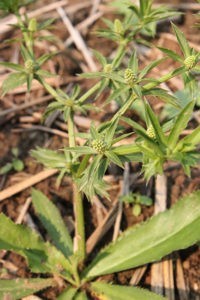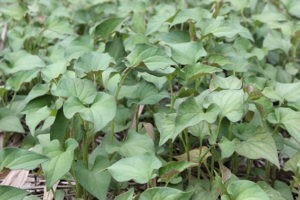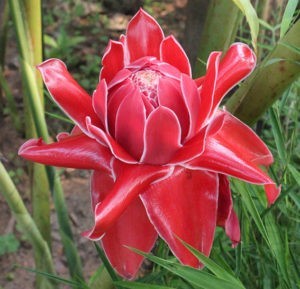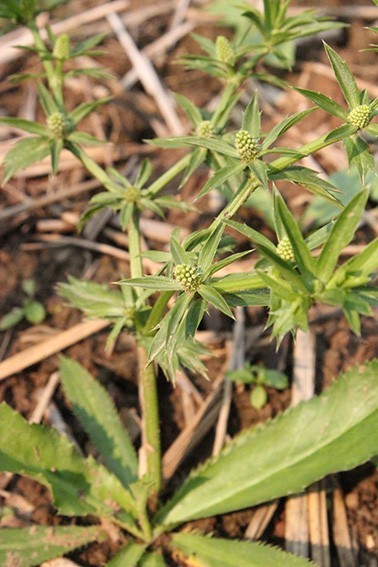There’s a saying that Lao people eat “everything that flies except airplanes and everything with legs except tables”. I’ve heard this same saying used to describe the people of other nations in Asia as well, but that doesn’t make it any less true. When including plants in this, the best description I have for the culinary habits of the Lao is that they “eat everything that’s not poisonous, and even then they sometimes make an exception”.
The huge diversity of ingredients used in Lao cooking is one of the reasons it’s so delicious and unique. There are many dishes I’ve learnt to love in Laos that I could never replicate living anywhere else, as they require the use of multiple plants found only in this country. I imagine that the same could once have been said for many western cuisines. Over time the knowledge of what local plants and animals are edible and how to cook with them has been lost however, and we now use a more limited range of ingredients. I already here your cries of outrage at this statement, but for sheer numbers it’s true.

Sawtooth coriander
It’s also important to note that many of the ingredients used in western cuisines are imports, not local ingredients. This doesn’t make them any less valid parts of that cooking tradition, but it does show its evolution over time. A classically British dish like fish & chips with mushy peas would consist of only fish if you removed the ingredients of non-British origin (potatoes are from South America and peas are from somewhere in Europe, their exact origin is unknown). If you took the average British chef out to the countryside and asked them to find ingredients and cook you something with them most could not. On the other hand, most Lao dishes can be made without the use of any ingredients of non-local origin and I’ve never met a Lao person (never mind a Lao chef!) who couldn’t cook you something from things they could gather in the countryside.

Heartleaf, a local vegetable.
There are two major reasons for this difference. Climate and time. Because Lao is a tropical country there are many more species of plants and animals than in a temperate place like Britain. Purely on a numbers basis this means there will be more edible species.
How long Lao people and their cuisine have been exposed to the cooking of other cultures, particularly cultures with radically different styles, is also a factor. It’s about availability of these foreign ingredients as well. Undoubtedly Lao cuisine has transformed over the years, but it hasn’t expanded to include many non-local ingredients because these have just not been available. Trade for these food items with other countries has not been as fast and furious as in some other locations.

Torch ginger flowers aren’t just beautiful, they’re used in Lao cooking.
Aside from the fact that I like to talk about plants and food, what has been the point of this whole blog? To highlight the huge amount of local knowledge about local plant use that still exists in Laos and the huge opportunity we have to retain this knowledge. Food is only one area of interest – there’s a lot of local knowledge about plants for medicines, construction and so on. We should be getting behind the preservation of this knowledge and making a real effort to retain it. This effort can be everything from writing down information that’s not yet recorded through to collecting and preserving the seeds of local vegetable species before they fall out of fashion or are replaced by imports.
This is something we are working on here at PTK, and when you come to visit us you can see some the information we’ve gathered displayed in our ethno-botanic garden.
Text and photographs by Bryony Smart, PTK Botanist.



